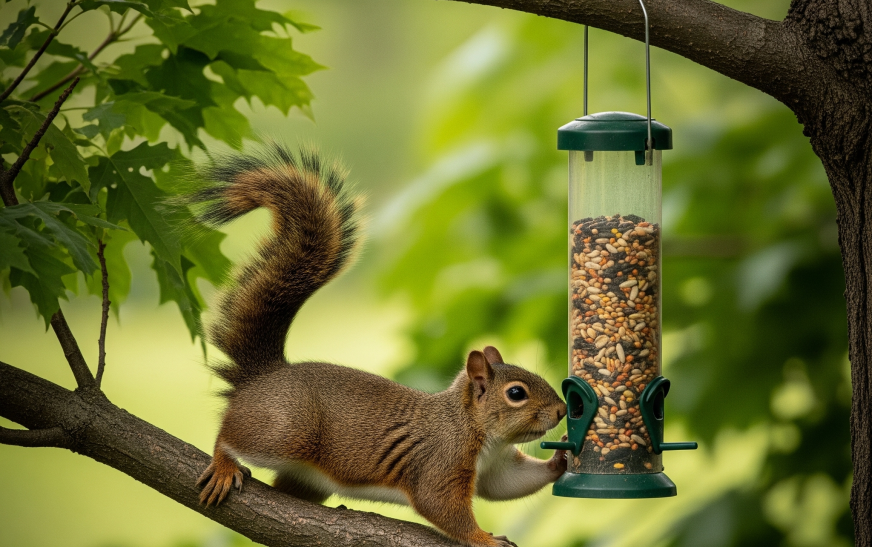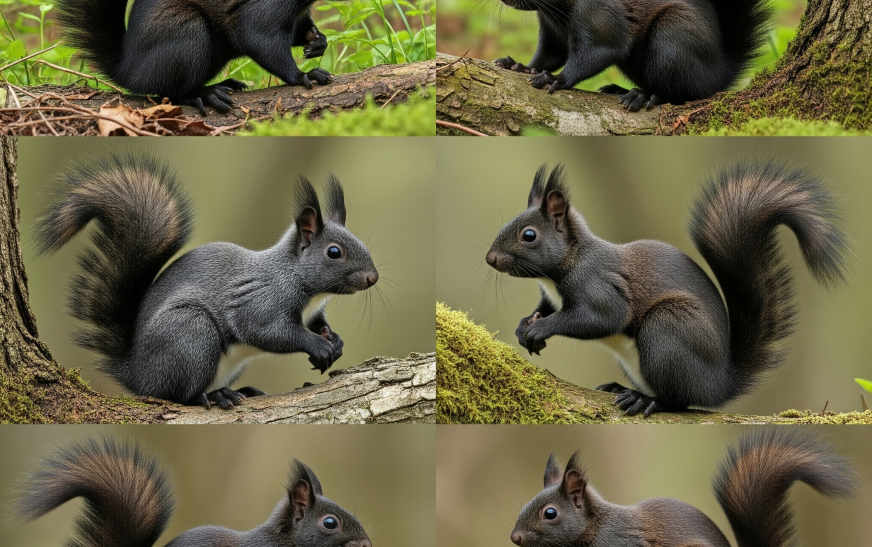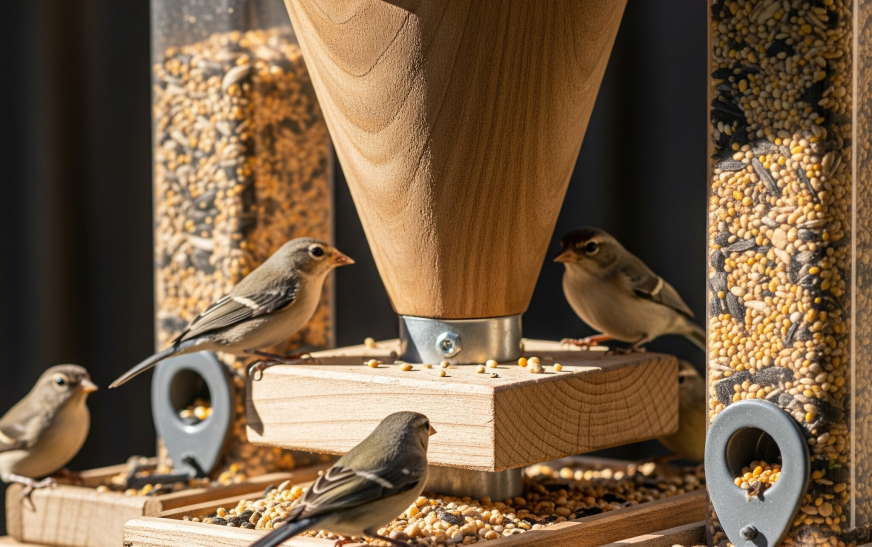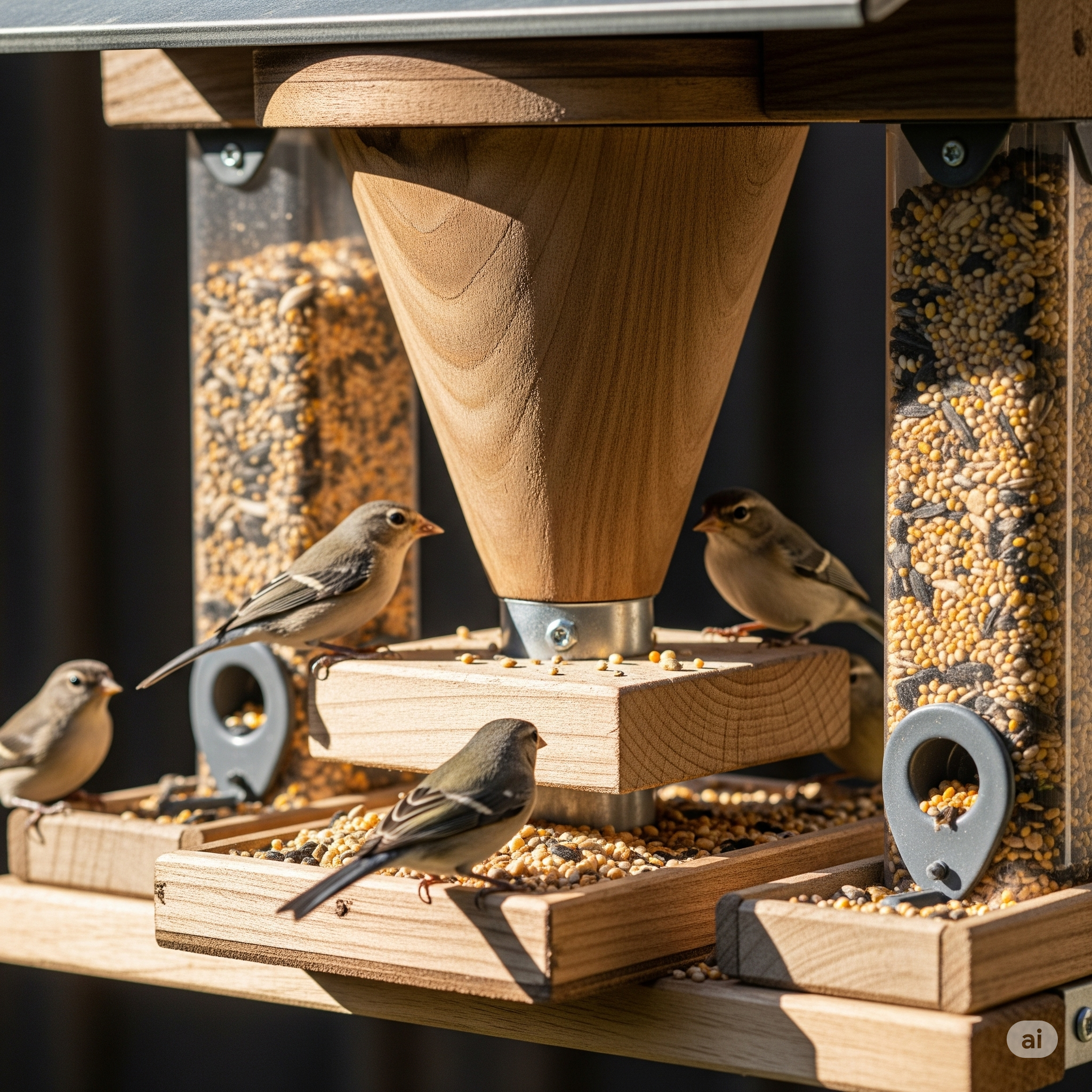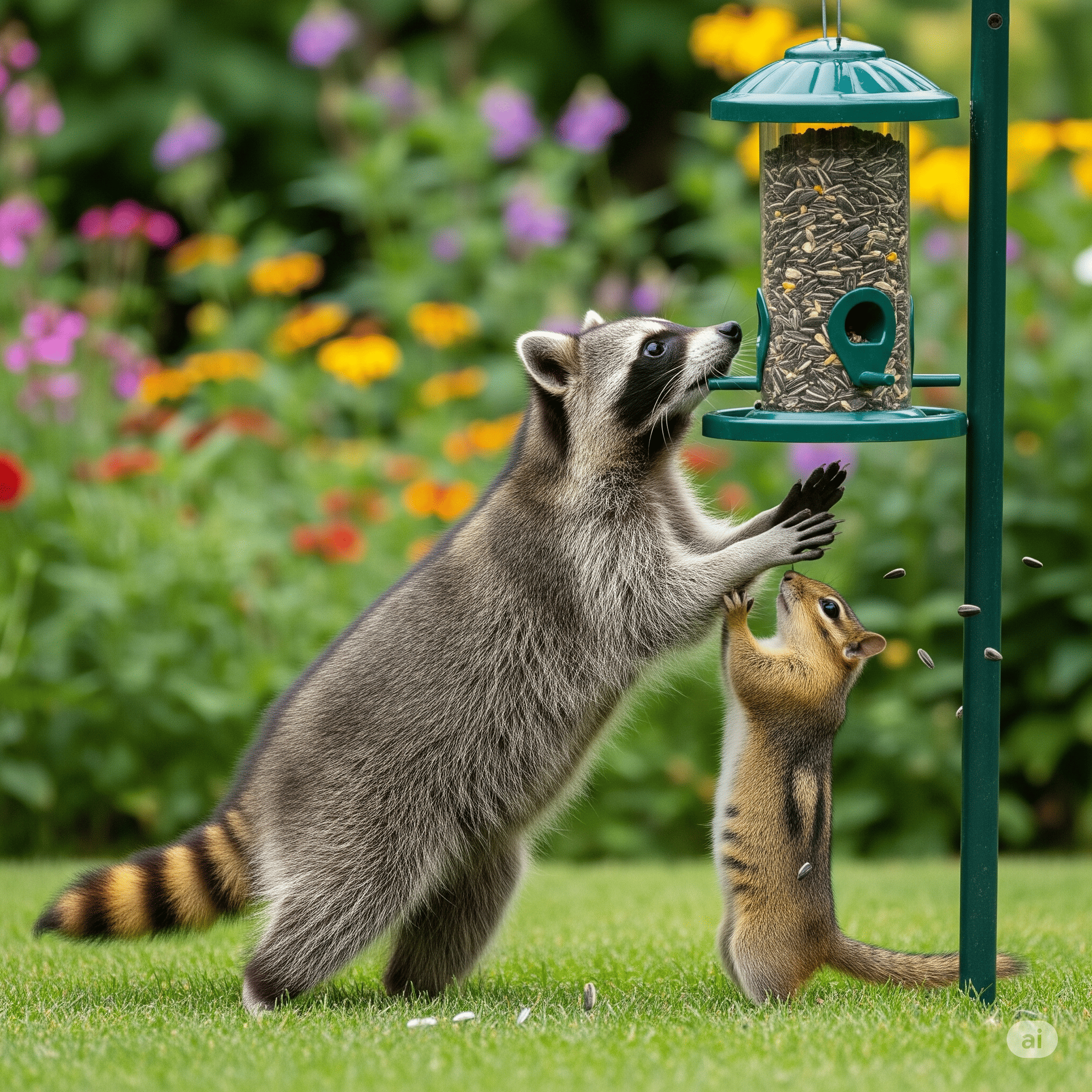There’s nothing quite like the simple joy of watching colourful birds flock to a feeder in your backyard. But just as you settle down with your morning tea to enjoy the view, a new visitor arrives. It’s the “acrobatic thief” of the garden, the “furry burglar” with a bushy tail—the squirrel. In a flash, it has raided the feeder, scattering expensive seeds and scaring away the very birds you hoped to attract.
If this scenario sounds frustratingly familiar, you’re in the right place. While squirrels are undeniably clever and entertaining, their relentless pursuit of birdseed can turn a peaceful hobby into a daily battle.
But don’t surrender just yet. This comprehensive guide will walk you through 10 proven strategies, from simple adjustments to clever gadgets, that will help you declare victory in the war against feeder-raiding squirrels.
1. The Foundation: Master Strategic Placement
Before you spend a single penny on new gear, evaluate your feeder’s location. This is the most critical step and often the most effective. Squirrels are incredible jumpers. Your job is to create a feeder “island” they simply can’t reach.
Remember the 10-5 Rule:
- 10 Feet Away: Position your bird feeder at least 10 feet away from any potential launching point. This includes trees, fences, rooftops, sheds, and even large shrubs. A hungry squirrel can easily leap 7-10 feet horizontally.
- 5 Feet High: Ensure the bottom of the feeder is at least 5 feet off the ground. This prevents them from simply jumping up from the ground to grab onto it.
By following this rule, you force the squirrel to attempt a climb up the feeder pole itself, which is where our next strategy comes into play.
2. Your First Line of Defense: Install a Baffle
A squirrel baffle is a simple, non-lethal device that creates a physical barrier. It’s an absolute game-changer. There are two main types:
- Pole Baffles: These are cone or torpedo-shaped domes made of metal or slick plastic. You mount them on the feeder pole below the feeder. As a squirrel tries to climb the pole, it encounters the baffle and can’t get a grip to climb over it. For it to be effective, the top of the baffle should be at least 5 feet high.
- Hanging Baffles (Dome Baffles): If your feeder hangs from a branch or a hook, you need a dome-shaped baffle installed above it. This prevents squirrels from climbing down the chain or wire to access the feeder from the top.
3. Choose Your Feeder Wisely
If placement and baffles aren’t enough, it’s time to upgrade your hardware. The market for “squirrel-proof” feeders is vast, but most effective models rely on the squirrel’s weight against them.
- Weight-Activated Feeders: These are the gold standard. When a heavy animal like a squirrel (or a large bird like a pigeon) lands on a perch, a mechanism triggers, and a shield slides down, covering the feeding ports. Brands like Brome Squirrel Buster are renowned for this technology.
- Caged Feeders: These feeders have a wire cage around the central seed tube. The gaps are large enough for small songbirds to slip through, but too small for squirrels and larger bully birds.
- Spinning Feeders: A high-tech option like the Yankee Flipper features a weight-activated spinning perch. When a squirrel lands on it, a tiny motor gently spins the perch, causing the squirrel to lose its balance and hop off, unharmed.
4. Make the Menu Unappealing (for Squirrels)
Sometimes, the solution is as simple as changing what you serve. Squirrels can be picky eaters, and there are several types of birdseed they actively dislike.
- Safflower Seed: This seed is a favourite of cardinals, chickadees, and titmice, but squirrels find its taste bitter and usually leave it alone.
- Nyjer® (Thistle) Seed: Primarily for finches, this tiny, black seed requires a special feeder with small ports. Squirrels typically show no interest in it.
5. Turn Up the Heat with Capsaicin
Here’s a fascinating biological trick: birds cannot taste capsaicin, the compound that gives chili peppers their heat. Mammals, including squirrels, feel it intensely. You can use this to your advantage:
- Hot Pepper Seed Mixes: Purchase pre-treated birdseed that’s coated with chili extract. The birds will eat it happily, but squirrels will take one bite and learn to stay away.
- Hot Pepper Suet: The same principle applies to suet cakes, which are perfect for attracting woodpeckers, nuthatches, and wrens.
This method is safe, effective, and a favourite among experienced birders.
6. The Slinky: A Simple DIY Hack
For a cheap and surprisingly effective DIY solution, look no further than a classic metal Slinky toy. Simply thread the feeder pole through the Slinky and attach the top of the Slinky to the base of the feeder. When a squirrel tries to climb the pole, the Slinky collapses and shifts, making it impossible for them to get a solid grip.
7. The Distraction Tactic
If you have a soft spot for the furry critters and don’t want to deter them completely, you can try luring them away. Set up a dedicated “squirrel station” in a different part of your yard, far from the bird feeders. Stock it with cheap and appealing squirrel food like:
- Cracked corn
- Peanuts in the shell
- Dried corn on the cob
By giving them their own easy-to-access buffet, you make them less likely to put in the effort required to raid your well-defended bird feeders.
8. Avoid Slippery Poles
A common piece of old advice is to grease the feeder pole with Vaseline, oil, or grease. Please do not do this. While it may stop a squirrel, these substances can get on a bird’s feathers, making it difficult for them to fly, stay warm, and clean themselves. It’s a dangerous and unnecessary practice when so many safer options exist.
9. Keep the Area Clean
Don’t invite squirrels to the party. Spilled seed on the ground is an open invitation for squirrels, rats, and other pests. Use a seed tray or a hull-less seed mix to minimize mess. Regularly sweep up any accumulation on the ground.
10. Be Patient and Persistent
Squirrels are intelligent and persistent. A solution that works for a week might be outsmarted the next. The key is to be just as persistent. Often, the best approach is to combine several strategies. A well-placed feeder on a pole with a baffle, filled with safflower seed, is a fortress that very few squirrels can penetrate.
Frequently Asked Questions (FAQs)
A: No, it is completely safe. Birds lack the specific pain receptors (VR1) that mammals have, so they do not feel the “heat” from capsaicin at all.
A: An athletic squirrel can jump about 5 feet vertically and up to 10 feet horizontally between objects. This is why the 10-5 placement rule is so important.
A: While many brands are effective, models from Brome (like the Squirrel Buster series) and Droll Yankees (like the Yankee Flipper) are consistently rated as the best by birding experts due to their durable, weight-activated designs.
A: While a cat may deter squirrels, domestic cats are a significant threat to wild bird populations. For the safety of the birds you’re trying to attract, it’s best to keep cats indoors and use other methods.

